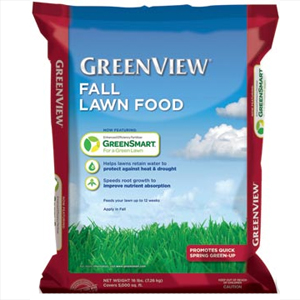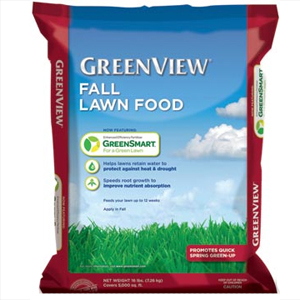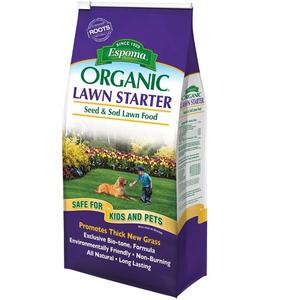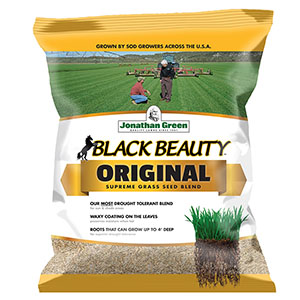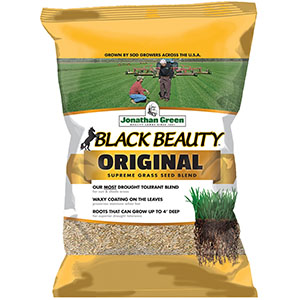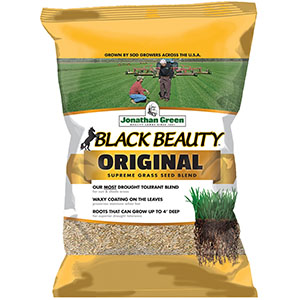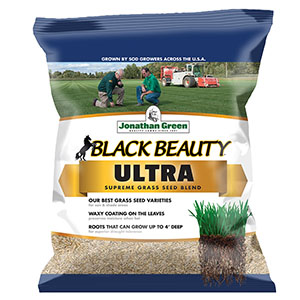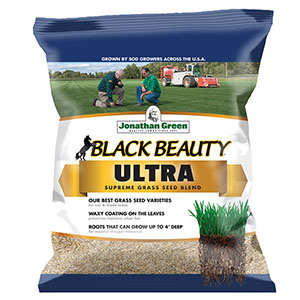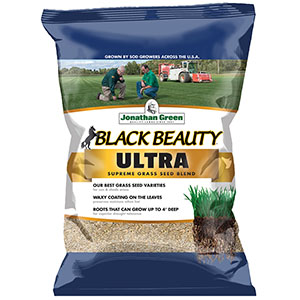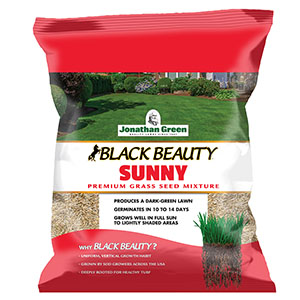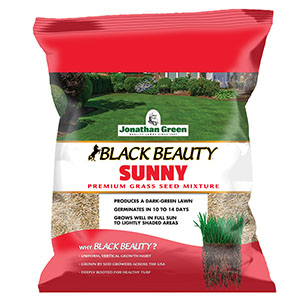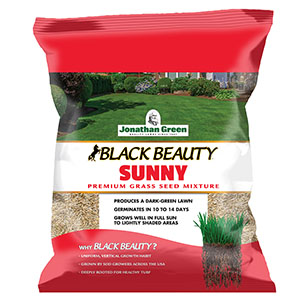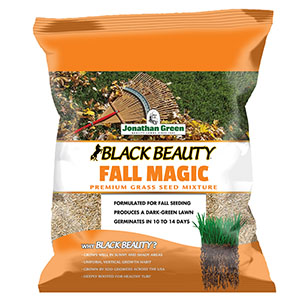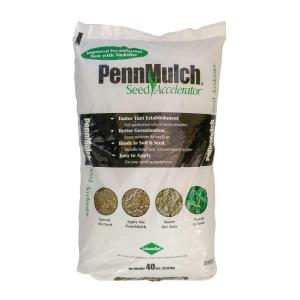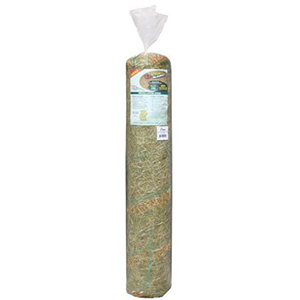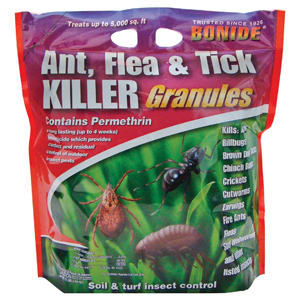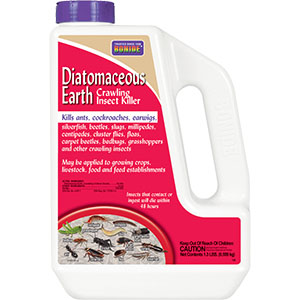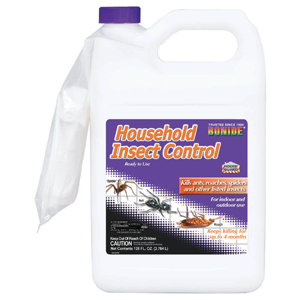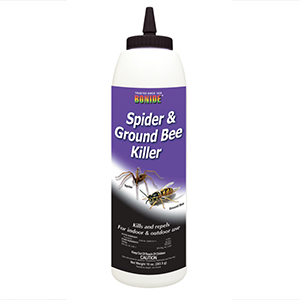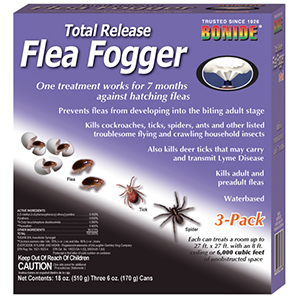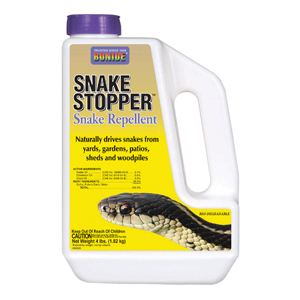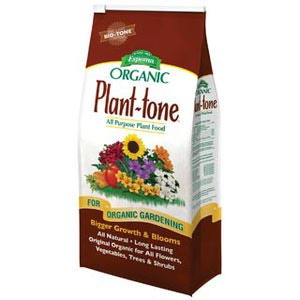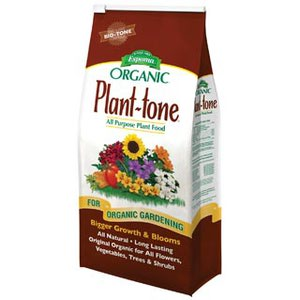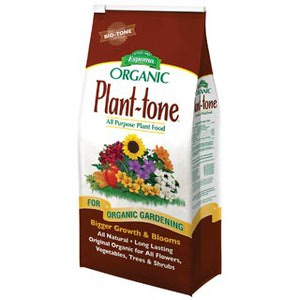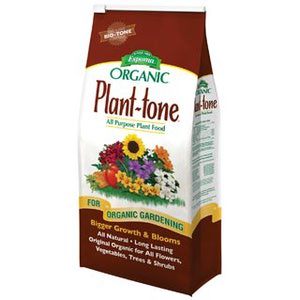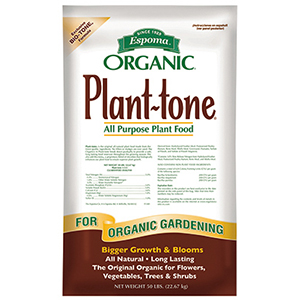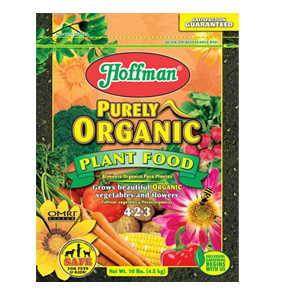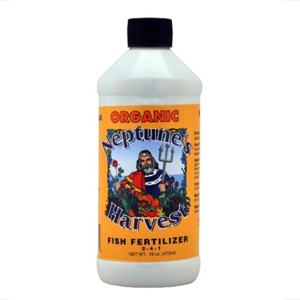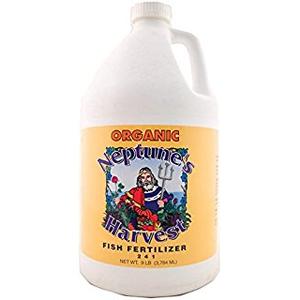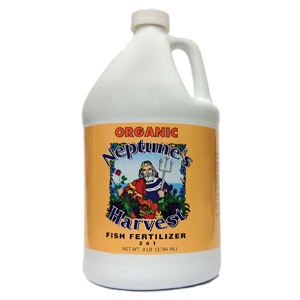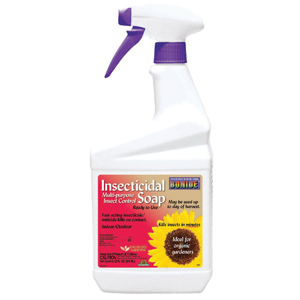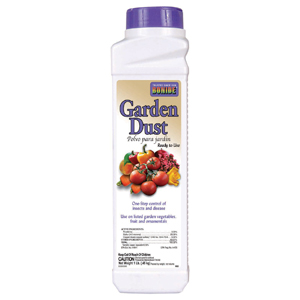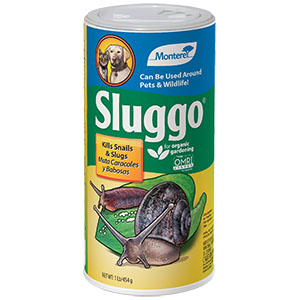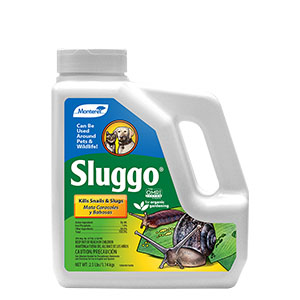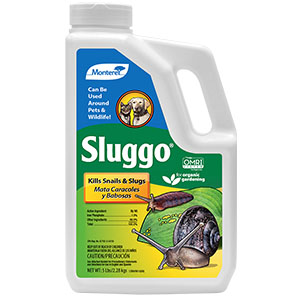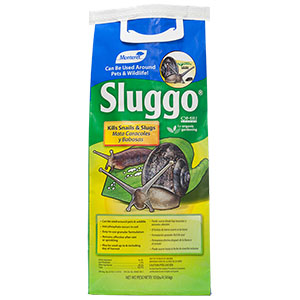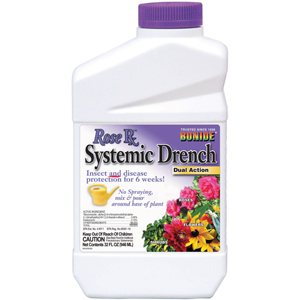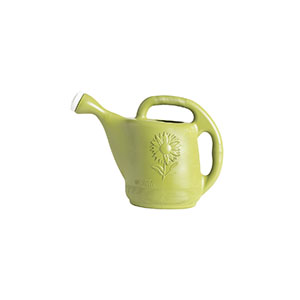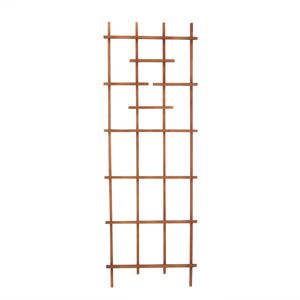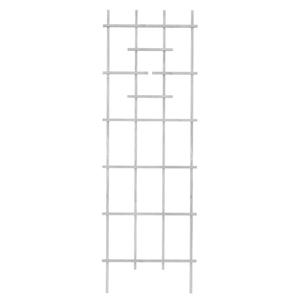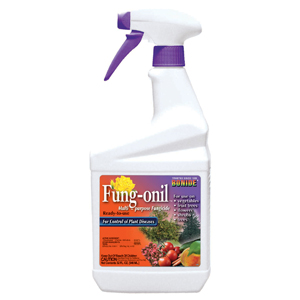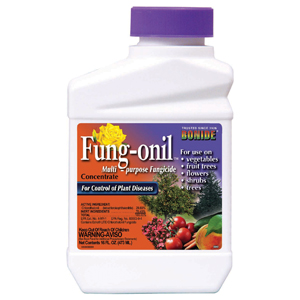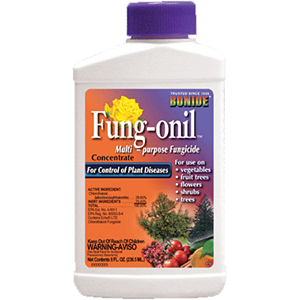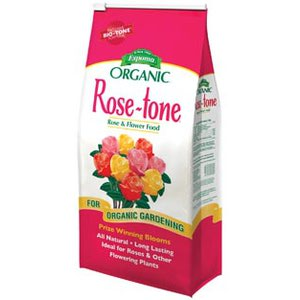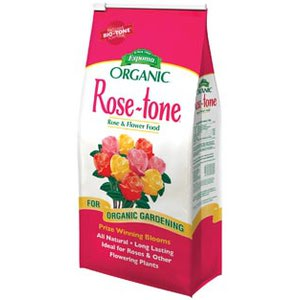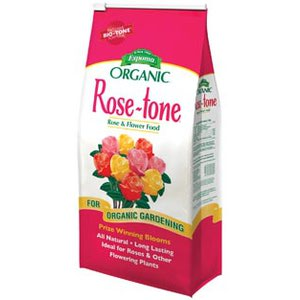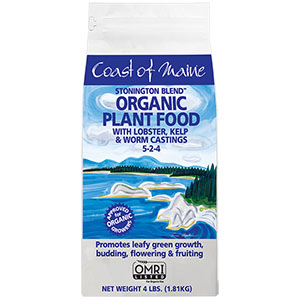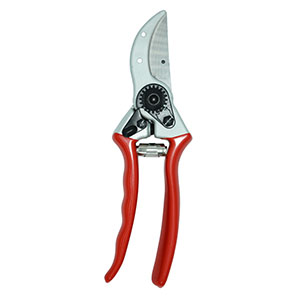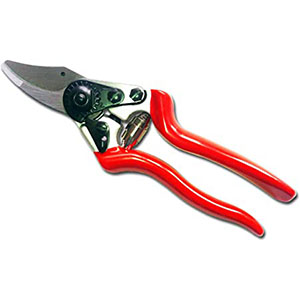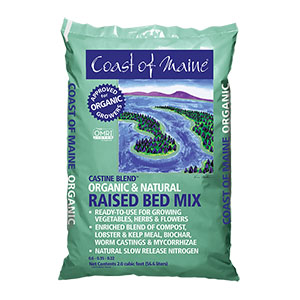This year’s summer weather has punished many homeowner lawns after a very wet spring and a long-lasting heat wave in many parts of the country. If you weren’t watering, you were likely weeding. Once the heat ramped up, disease issues like brown spot, dollar spot, and striped smut along with common weed issues like crabgrass, clover, and nutgrass just took over the lawn. July and August weather took its toll on grass health, especially if you did not react quickly to provide a solution for disease or insect damage. The average July temperature consistently hit some record highs. These were as shocking as the massive water bill most had from watering their lawns. Don’t get discouraged, it can and will get better soon.
Fall is for Planting
Fall is the best time to renovate your home lawn by over-seeding. Cooler nights along with diminishing temperatures combine to make lawn renovations easier. First steps towards making grass repairs is to make a plan that you will follow. Examine your lawn to determine what is needed to correct current conditions. If there is more than 50% weeds and/or bare spots in your lawn, you should reconsider a complete overhaul. If you have high expectations of an estate or golf course type lawn, you will need to choose not only the right grass seed, but include the correct seed starting lawn fertilizer and lime, as needed. Your success hinges on a few factors: good soil, ample drainage, pH within a suitable range for growing most grass seeds (6.0 – 7.0), a quality grass seed with minimal weed seed content, and a good quality starter fertilizer.
Choosing a Grass Seed
You can choose a grass seed to fit your lawn type easily by reading the bag. A blended grass seed is using two or more of the same type of grass seed. Examples like Tri-Rye or Tri-Fescue have three types of the same grass seed. A mixed grass seed blend contains multiple types of grass seeds. Two or more different types of seeds in the bag might contain annual rye, perennial rye, tall turf-type fescue, chewings fescue, hard fescue, Kentucky bluegrass, or possibly a specialty type like Poa Trivialis just to name a few of the more popular types. The number one selling grass seed to consumers is Sun & Shade mixture. Many customers have both sun and shade conditions which leads them to purchase a bag with mixed grass seeds that thrive in both sun and shade conditions. Some grasses prefer sun while others prefer shade. There are several types of turfgrass seeds (endophytic) that will deter insect damage in the lawn. Grass seeds will germinate in as little as two days or up to 21 days depending on type of seed, moisture, and adequate “seed to soil” contact. Seed without moisture may take even longer to germinate than 21 days.
Food for Thought
If you haven’t fertilized your lawn since who knows when, you might consider using a starter fertilizer for your project. With most all fertilizers using a “zero” phosphate analysis (middle number on the nutrient formula), lawn starters have a phosphorous number (content) to maximize root development to get the grass growing and established quickly. Many of these are formulated to feed up to 8 weeks! If you only want to use an organic lawn starter, you can use Espoma’s Lawn Starter made from natural and organic ingredients. If you get an early start on lawn renovation during September, you may want to apply one more fertilizer application to strengthen the lawn and build up nutrients for winter. These fertilizers are known as Fall Winterizers. They are specifically formulated to help your grass with a strong spring green up.
There is also a budget for everyone’s lawn for sure. Some folks rely on over-seeding every fall to fill in empty gaps of green lawn ravaged by heat and drought, wear and tear, excessive dense shade, or insects and disease. That’s okay…you just might need a bigger bag of grass seed.


